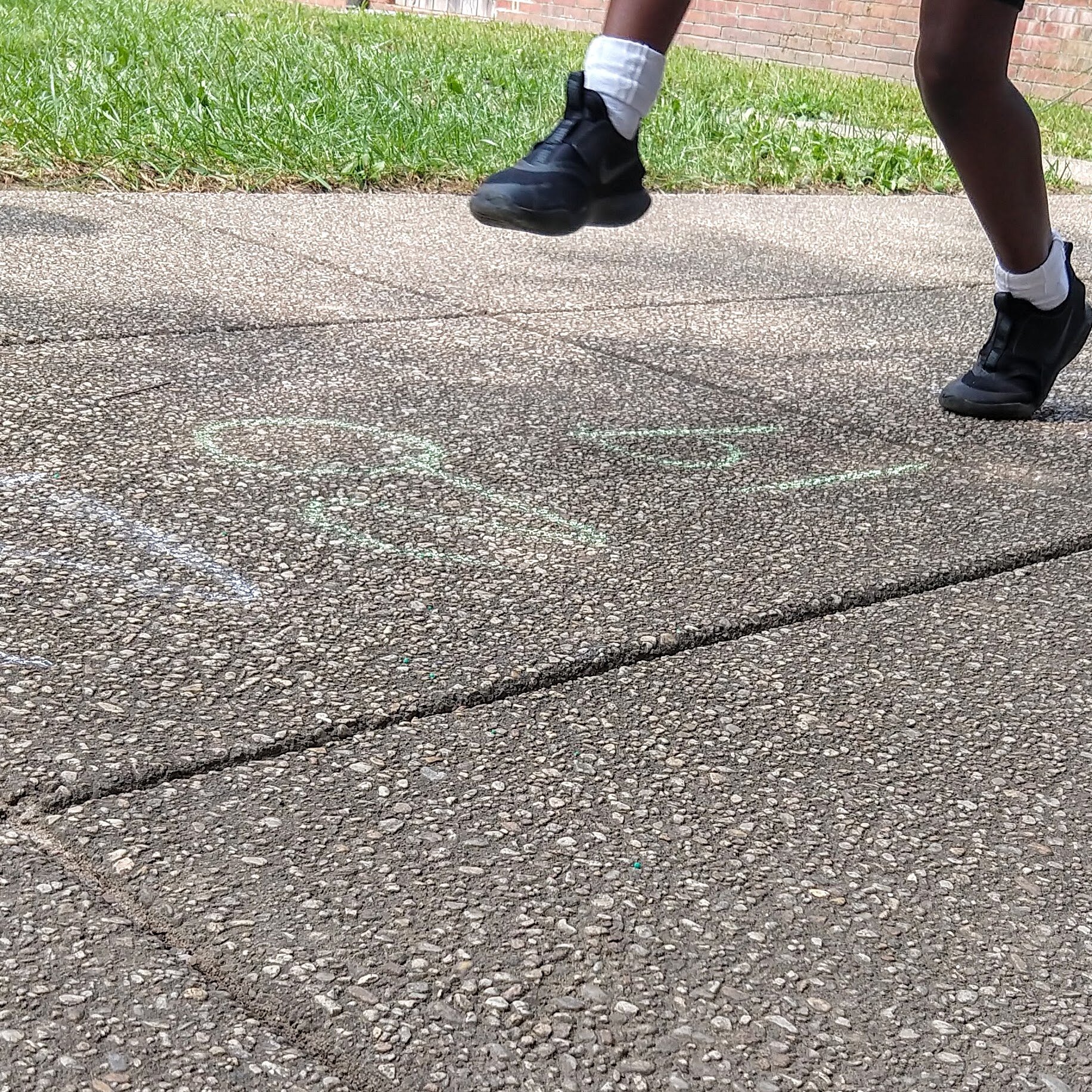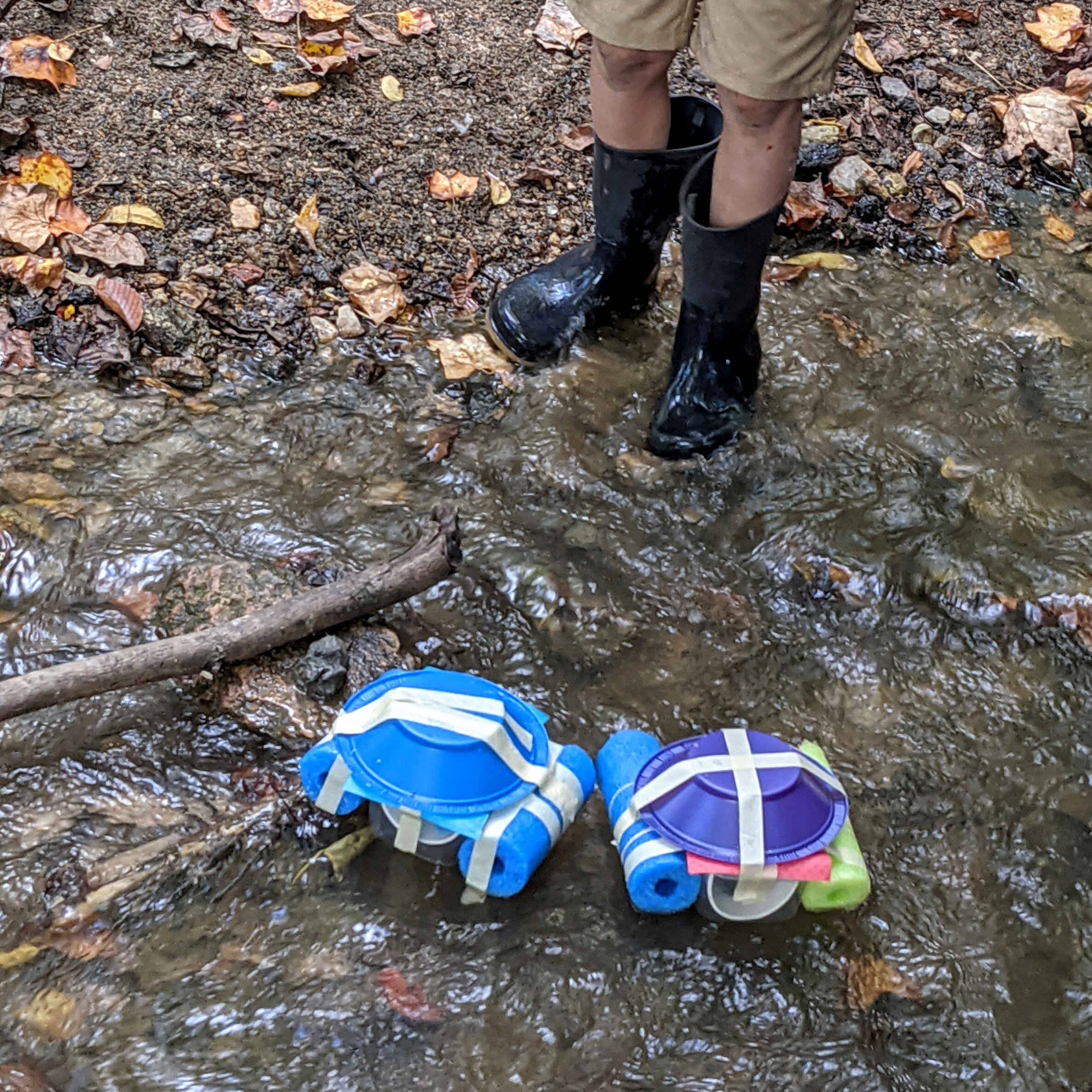There is no doubt that 2020 has been a year filled with anxiety, challenges and uncertainty. Yet another reality is that many adults and children are spending an increased amount of time in front of screens, as workplaces and schools have been thrust into the virtual arena, resulting in a lifestyle that can feel isolated and sedentary. Counteracting this trend is a task that educators now face. Outdoor learning provides the background for safe, rich and meaningful educational experiences.
“While some might proport that using school time to go outside is taking away from academic advancement, it is actually beneficial to the overall educational experience and well-being of the students.”
As students are returning to in-person learning, teachers, administrators and therapists have a unique opportunity to harness the many benefits of nature for the well-being of the students, as well as adults. With the protocols for safety at the forefront of everyone’s mind, nature is the perfect way to enhance the learning experience in a socially distanced way that also has rich mental health benefits.
While some might proport that using school time to go outside is taking away from academic advancement, it is actually beneficial to the overall educational experience and well-being of the students.
Why Take Children Outside During School?
From a developmental perspective, playing outdoors is an ideal environment to foster physical and cognitive skills necessary for academic success. Physical activity stimulates the connections of neurons in the brain, therefore strengthening the ability to learn. Functional skills such as handwriting, copying notes from the board and paying attention are all dependent on underlying skills that develop as the body moves in all directions. Visual skills, which are crucial for learning, are reinforced through practice. Core stability is foundational to fine and gross motor skills. Wide open green spaces are an invitation for fun and motivating physical activity that strengthens the body.
Elementary age children are not the only ones who benefit from the outdoors. Middle schoolers and high schoolers alike can benefit mentally and physically from moving and getting outside. The tremendous value of nature is evidenced by one study that demonstrated that high schoolers who view green spaces outside their classroom window perform academically better than those who don’t. Anxiety levels are reduced and brains are restored when fresh air and green spaces provide a break from cognitive demands.
Utilizing nature in education is not a new concept. Charlotte Mason, well-known British educator during the turn of the twentieth century, included nature study as a core tenet of her education philosophy. She said, “Let them once get in touch with nature and a habit is formed which will be a source of delight and habit through life.” Not only does instilling a sense of awe and wonder of nature foster life-long learners, it has been shown that children who have positive interactions with nature grow up to be better stewards of the environment.
While the actual study of nature itself is necessary and worthwhile, nature gives back to its participants by giving depth and value to their cognitive, spiritual, and social-emotional well-being. By including opportunities to play and learn in outdoor spaces, young minds journey down a path that guides growth in areas such as critical thinking, self regulation and creativity. Open ended outdoor play experiences set the stage for problem solving and self-competence in a way that structured classroom learning cannot provide.
Our world and our nation are under a lot of stress and children are feeling it. Being surrounded by nature is a proven way to reduce stress and anxiety. For students who may feel anxious in a walled classroom, natural spaces provide a place away from the typical academic and social stressors. Studies show that children exhibit decreased negative emotions and an increase in competence and resilience when they partake in outdoor experiences.
In order to promote learning retention in students, multi-sensory learning is the optimal choice. The more senses that are engaged in the learning experience, the more the learning is reinforced in the brain. Just about any subject can be taken outside and turned into a sensational learning moment. Whether learning math facts by skipping on a number line, digging in the dirt to experience an archaeological expedition or measuring the effects of soil types on plant growth, students can engage their whole bodies to acquire experiential knowledge. Students of all ages can participate in narration exercises using nature as a stage.
What Can Outdoor Learning Look Like?
If the concept of outdoor learning is new to you, it might be difficult to imagine what this can look like. In order to help, her are a few examples of how learning can be enhanced using the outdoors:
Math Lessons - Practice addition, subtraction or multiplication using natural objects. Practice telling time by drawing a clock face with chalk and using sticks to make the correct time. Write out numbers on the sidewalk and have children skip or hop to practice skip counting.
Science - take observations of habitats or environments. Create scientific experiments about plant growth or soil content. Track cloud movements or weather patterns. Have children build boats and test buoyancy.
History - Read historic treaties and documents outdoors. Recreate living spaces or historic practices - such as building a teepee or life in a trench. Build scale models of villages or maps.
Language Arts - Read poems. Practice spelling words with chalk. Act out stories from literature. Provide time for reading in green spaces.
Brain Breaks/Free Play - While combining the outdoors with academics is a powerful way to utilize nature, the simple act of playing of just being in the outdoors is advantageous to the health and well-being of students. Not only that, but teachers who under a great deal of stress, can experience the restorative power of the outdoors, as well.
Whether a spontaneous movement break or a planned learning experience, getting children outside provides benefits well beyond the immediate moment. While getting students outside may be something we are being pushed to do because of Covid-19 restrictions, it is a positive gain for education and the well-being of students.
A Note to Virtual Learners
For those families who are still learning virtually, it is especially important to include outdoor time in the daily schedule. Sitting in front of a screen for many hours in a day not only causes stress on the body, strain on the eyes and mental fatigue, it can lead to feelings of isolation. Providing outdoor movement breaks or allowing a child to do their reading outside are simple ways to support a child’s mental and physical health. With a little creativity, fun activities can be added that complement learning. If you don’t have a yard, plan a visit to a local park or nature center.
Want to know more? Check out more of my blogs, visit me on social media or send me an email!





